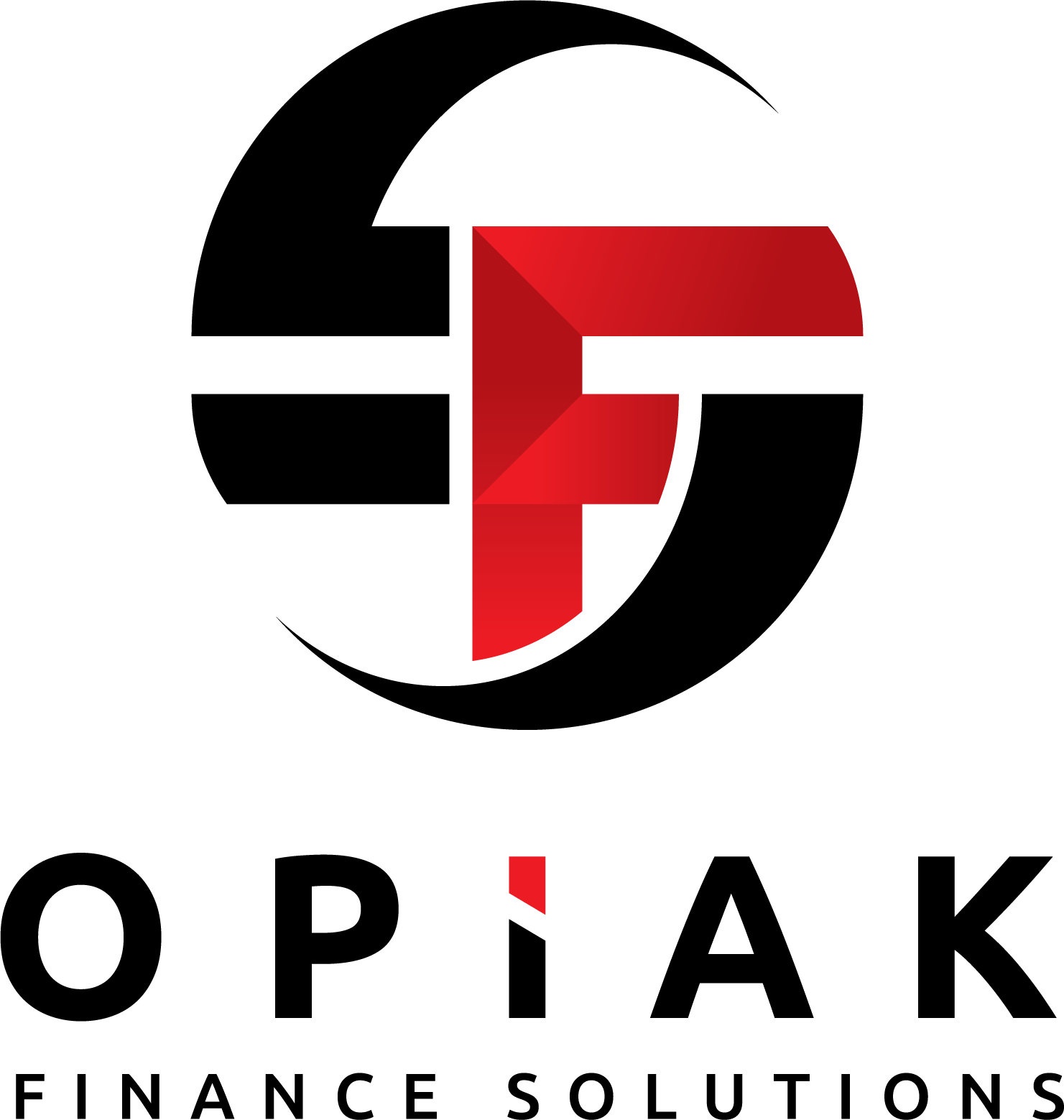Most people think building wealth means working harder, cutting back, and saving every spare dollar. But what if your biggest opportunity for financial freedom was already sitting under your own roof?
At Opiak Finance Solutions, we specialise in helping everyday Australians, especially FIFO workers, tradies, and hardworking families, tap into the hidden equity in their homes and use it to build lasting wealth through property. And the best part? You might already be sitting on $100,000 or more in untapped potential.
In this blog, I’ll break down how equity works, how to unlock it safely, and smart strategies to turn it into a long-term wealth-building tool.
What Is Equity and Why Does It Matter?
Equity is the part of your home that you actually own, not the bank. As your property value increases or you pay down your loan, your equity grows. That growth can be used to fund investments, upgrades, or kickstart a property portfolio.
Example:
Let’s say you bought your first home for $700,000 with a $400,000 mortgage. That means you had $300,000 in equity. Fast forward a few years and your property is now worth $1 million. With the mortgage still at $400,000, your equity has grown to $600,000.
But here’s the key: not all equity is usable.
Understanding Usable Equity (And What LVR Has to Do With It)
Banks typically allow you to borrow up to 80% of your property’s value without charging Lenders Mortgage Insurance (LMI). This is known as your Loan-to-Value Ratio (LVR).
Using the same example:
- Property value: $1 million
- 80% of that = $800,000 (your borrowing cap)
- Current mortgage = $400,000
- Usable equity = $400,000
This $400K is what you could potentially access and put to work, but that doesn’t mean the bank will automatically hand it over.
Equity Isn’t Enough: Why Serviceability Is Just As Important
Even if you’ve built up equity, banks still need to assess your ability to repay any new loan. This is called serviceability. They’ll look at:
- Your income
- Your expenses
- Any other debts
- How many dependants you have
- Your overall financial health
They also add a buffer on top of the current interest rate to make sure you can still afford repayments if rates rise.
Bottom line? You need both equity and serviceability to move forward.
Beware of Cross-Collateralisation
One of the biggest mistakes I see clients make when trying to access equity is getting caught in cross-collateralisation, where two or more properties are tied to the same loan.
It might sound harmless, but it gives the bank far more control than you think. If you want to sell or refinance one property, the bank could force you to revalue or restructure all of them. This reduces your flexibility and increases your risk.
A smarter approach:
Keep each property loan separate, so every property stands on its own. That way, you stay in control of your portfolio, not the lender.
3 Smart Ways to Use Your Equity
Used wisely, equity can fast-track your journey to financial freedom. Here are three of the most effective strategies I’ve helped clients use:
1. Buying an Investment Property
This is by far the most common strategy. We help you refinance your current home, access the usable equity, and use that as a deposit on an investment property. No need to wait years to save up in cash.
2. Funding Renovations That Add Value
Using equity to upgrade your home, like a new kitchen, extra bedroom, or a granny flat, can boost both your property’s value and rental income.
3. Building a Long-Term Portfolio
This is the repeat-and-scale method. You tap into equity from Property 1 to buy Property 2. As that grows, you use its equity to buy Property 3, and so on. Done safely, this is how everyday Australians build real wealth over time.
What NOT to Do With Your Equity
Equity isn’t free money. It’s a financial tool, and if used poorly, it can hurt more than help.
Avoid using equity for:
- Cars
- Boats
- Expensive holidays
- Anything that loses value over time
These might feel good in the moment but do nothing to grow your wealth.
Quick tip on tax:
- Equity used for investments? Interest is usually tax deductible.
- Equity used for personal expenses? Not deductible. Always check with your accountant before making a move.
Real Stories From Clients Who Got It Right
The FIFO Worker Who Unlocked $298K
A client working in the mines was shocked to learn his home had nearly doubled in value. He’d also been aggressively paying down his mortgage. We helped him access nearly $300K in equity. Although he initially planned to buy an investment, a family opportunity popped up. Because the funds were ready and waiting in his offset account, he was able to pivot quickly and make a meaningful investment when it counted.
The Duplex Dream Builder
Another client had over $500K in usable equity and a vision of building a portfolio. We helped them release enough equity to fund the deposit and a small buffer for a duplex build. We then connected them with a team who specialise in duplex projects to get the ball rolling.
⏰ The Saver Who Would’ve Waited 15 Years
One client didn’t want to access equity and decided to save $400 per week for a $300K deposit. At that rate, it would take them nearly 15 years to get there. Meanwhile, property prices continue to rise. That’s 15 years of compounding growth they’re missing out on.
The lesson? Acting sooner, when done safely, puts time on your side.
The Role of a Broker: Why It Matters
Even with equity and serviceability, navigating banks, policies, and paperwork isn’t easy. Every lender has different criteria and appetite.
That’s where having a broker (like our team at Opiak) comes in. We know how to present your situation in the best light, to the right lenders, at the right time. We’re not here to punch out loans, we’re here to strategically structure your finance so it supports your goals now and in the future.
We also stay with you for the long haul. We don’t disappear after settlement. Whether you’re building a portfolio or just want someone to run the numbers with you each year, we’re in your corner.
Think of Equity Like a Ladder
Equity isn’t a one-time thing, it compounds.
You unlock equity in Property 1 and buy Property 2. That grows, and now you have equity in Property 2 to buy Property 3. Each step builds on the last, like climbing a ladder.
But here’s the secret: always keep a buffer in an offset or redraw account. That’s your safety net. It lets you sleep well at night while your properties do the heavy lifting.
Quick Recap: How to Use Equity the Smart Way
- Equity = the portion of your home you truly own
- You can usually access up to 80% of your property’s value (less your current loan)
- But you also need serviceability, the ability to repay
- Avoid cross-collateralisation unless you have a strong reason and exit plan
- Use equity for growth, not for liabilities
- Partner with a broker who understands strategy, not just rates
Want to Know How Much Equity You Could Unlock?
You might be surprised by what’s possible. At Opiak Finance Solutions, we offer a free equity assessment with no pressure, no sales fluff, just real numbers and straight talk.
We’ll help you:
- Understand your current position
- Uncover your usable equity
- Explore investment options
- Structure a roadmap tailored to your goals
Whether you’re just curious or ready to take action, we’re here to guide you from confusion to clarity, from income to wealth.
Let’s Chat
If you’re wondering what’s possible with your equity, or just want to have a no-obligation conversation about your options, get in touch today.
0466 626 485
aaron@opiak.com.au
https://opiak.com.au/
You’ve worked hard for your home. Now let’s make it work for you.







